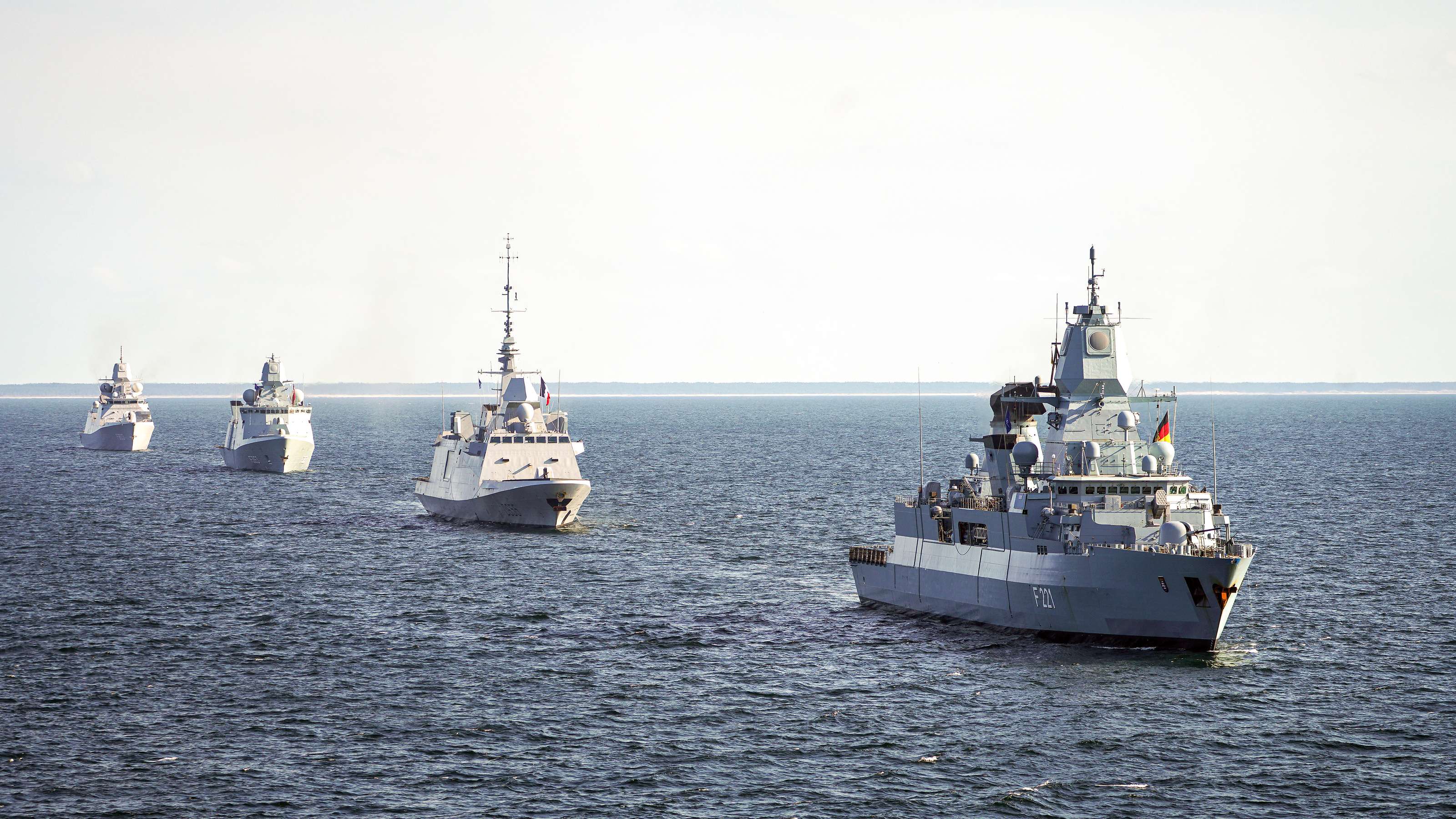Kalkgrund was transferred and christened on June 30th.Transfer and naming of the ship is planned for June.
Going by the left picture the ship will be named Y898 Kalkgrund.
A bit interestingly for AUV and diver deployment the two ships apparently have a moonpool according to Fassmer.
----
BP84 Neustadt, The fourth Federal Police "Potsdam" class OPV, was transferred and christened June 10th this year.The German Federal Ministry of the Interior stealthily ordered a fourth Potsdam class OPV earlier this year. The official market designation seems to be "OPV 86 BP" btw (BP for Bundespolizei, Federal Police). The money for the ship presumably comes from the Corona Package - the first three were similarly bought from a stimulus package.
Unlike her sister ships in her case the 57mm gun and .50cal MGs apparently were already installed at this point. The Federal Police also seems to still hope for two more ships of the class to completely renew their OPV fleet, there have been mentions of this for the occasion.
The ship yesterday escorted a Russian surface taskgroup centered on the Udaloy class missile destroyer Severomorsk through German waters.







